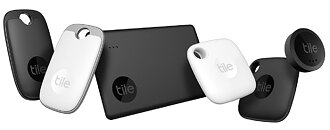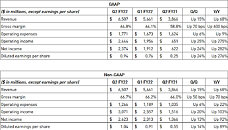
Intel and Google Cloud Optimize Performance for HPC Workloads
Intel and Google are working together to drive high performance computing (HPC) forward on Google Cloud with the release of the Cloud HPC Toolkit. This new resource provides access to tools from the Intel oneAPI Base and HPC Toolkits to optimize performance through Intel Select Solutions for Simulations & Modeling. These new tools improve compile times, speed of results and offer multi-vendor acceleration in SYCL.
"Using Cloud HPC Toolkit with an Intel Select Solutions for Simulations & Modeling blueprint brings the added benefit of automatically spinning up a hardware-software configuration that has been rigorously tested and optimized for real-world performance, eliminating guesswork," said Ilias Katsardis, HPC solution lead, Google.
"Using Cloud HPC Toolkit with an Intel Select Solutions for Simulations & Modeling blueprint brings the added benefit of automatically spinning up a hardware-software configuration that has been rigorously tested and optimized for real-world performance, eliminating guesswork," said Ilias Katsardis, HPC solution lead, Google.






















































